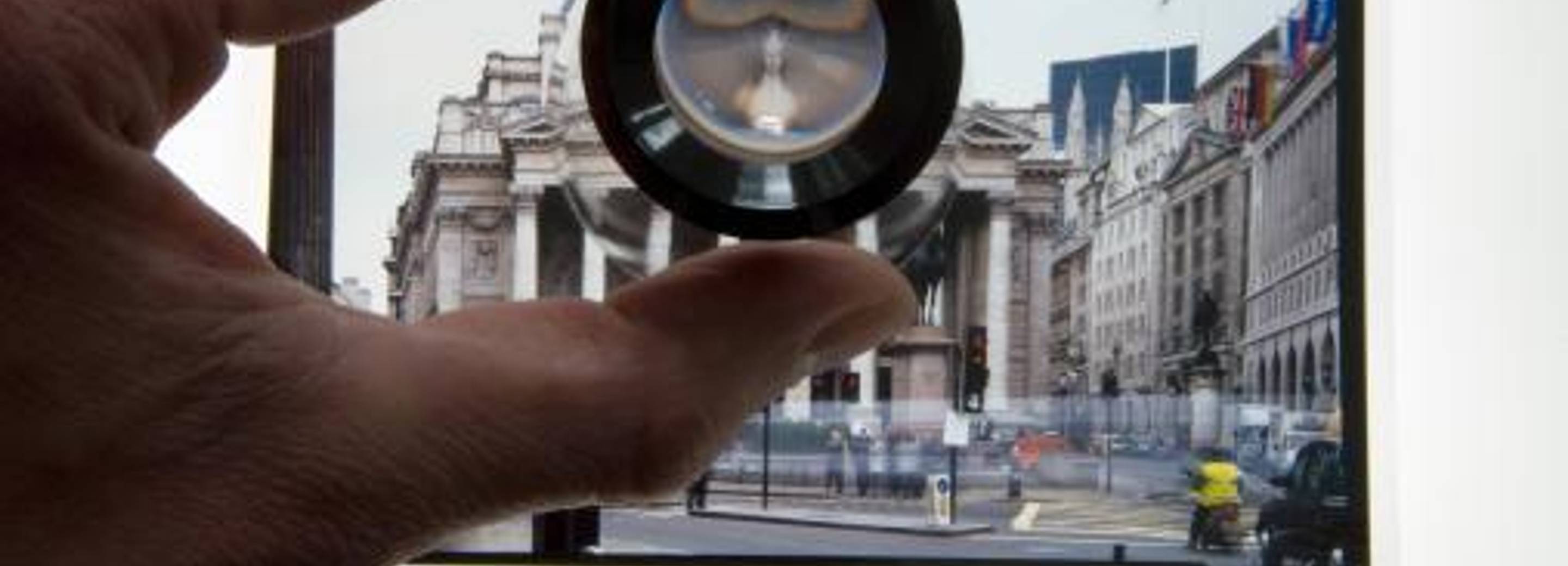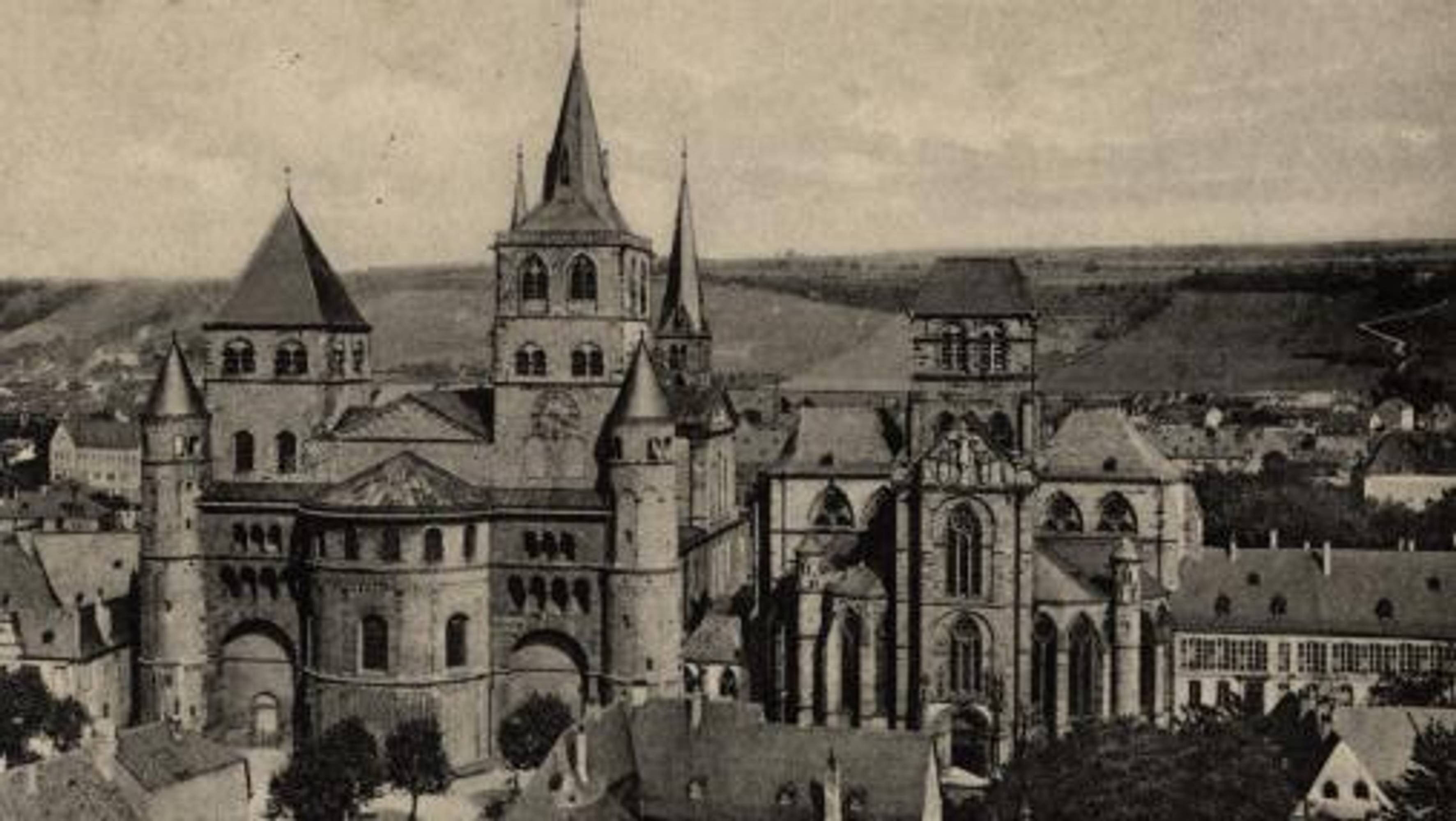ZACHARY FORMWALT
Curated by Luigi Fassi
The artistic research of Zachary Formwalt is based in the philosophical analysis of material, as well as economic events of historical consequence from the modern era continuing until today, which are investigated via a polymorphic and polyphonic line of research which in turn yields manifold and indefinite modes of interpretation. The artist focuses on the relationship between the development of modernity and the complex mechanisms of the capitalist economy. Beginning from a perspective rooted in Marxist analysis, Formwalt opens his inquiry into the impact of economic history in the social and cultural context of Europe and America from the 17th century onwards. In this context, Formwalt mainly uses visual materials deriving from various sources and corresponding to the mass media, to cinema and to art history, in order to provide a critical reading of the basic subject matter of financial cash flow and its cultural repercussions. To what extent are we conscious of the symbolic mechanisms that prevail on the logic of capitalism; and to what extent do we understand the full range of such cultural repercussions within our contemporary world?
Within the development of In Place of Capital (2009), which can be seen as an exemplary work in terms of Formwalt’s artistic procedure, the artist attempts to find parallel traces between the development of pioneering photographic technologies in the middle of the 19th century and the coeval strategies of capitalism. He starts from an analysis of a precise historic moment at the end of the 19th century in England, demonstrating that the photographic technology of the time (developed by William Henry Fox Talbot) was unable to capture the movement of persons and things on film, a problem that represents in an inverted manner the impossibility of tracing the flow of capital in a rational way. In Marxian terms, the movement that produces capital in fact vanishes at the very moment in which the capital is realized, leaving evidence merely of a certain quantity of anonymous capital. The images chosen by Formwalt, depicting the Royal Exchange Building in London, are in fact a confrontation between two possible representations of capital. The official one, planned by the architects of the building, is organized around an allegorical divinity of commerce which presides over the activities of the stock exchange. The second representation deals with the photographic technology of the period, showing the incapacity of capturing the flow of the actual movement of men and commodities within the highly populated streets around the stock exchange.
Similarly, the work Through a Fine Screen (2010) brings together various episodes of photography history and economic history in order to investigate contemporary social reality. The work focuses on the history of Central Park in New York, which was inaugurated in 1856 and has subsequently been the object of numerous photographic studies throughout the 19th and 20th centuries. Formwalt turns a photograph dating from 1880 (published on the 4th of March of that year in The Daily Graphic) depicting the shanties of upper Manhattan into an interpretation key from which to launch a parallel analysis of the construction of the park itself (with all its well-studied aesthetic scenic clichés) and the overall economic development of Manhattan. This work is thematically accompanied by the photographic series Vanderbilt’s Wants (2010) which consists of three pages taken from the Daily Graphic edition of 4th March, 1880. The series describe the entrepreneur’s attempts to dismantle the shanty town of the poor in Manhattan. By doing so, they reproduce in a precise manner the photographic image of the scenario of social misery described in Through a Fine Screen.
At Face Value (2008) deals with these questions by means of focusing to the economics of the 20th century, read and interpreted throughout the perspective of stamps. From the hyperinflation of the Weimar Republic to the economic crisis of 1929 in Europe and the United States, this film by Formwalt shows how the medium of postage stamps can be viewed as a precious and unexplored instrument through which it is possible to read the tumultuous developments of the economic and social history of the 20th century.
The history of modern economic theory is the focus of the work Kritik der Politik und der Nationalöknomie (2009). In this photographic work, Formwalt reproduces the contract signed by Karl Marx and his editor Carl Leske in Paris in 1845. A second image consists of a photograph of the building where Marx lived at the time in Paris, in Rue Vanneau 38. An Episode in The History of Free Trade (2008) also takes its point of departure from the intellectual biography of Marx. This piece reconstructs the events of the Free Trade Congress in Brussels in 1847. Among the invited experts, speakers such as James Wilson, the founder of “The Economist”, as well as Karl Marx were present. The collage created by Formwalt displays documentary materials of their two speeches together with a review of the congress edited by Friedrich Engels for The Northern Star, edition of 9th October 1847. The work reproduces the page of a book published in 1993 for the 150th anniversary of “The Economist”, in which some of James Wilson’s Brussels speech was re-published. The aim of the artist is to re-approach this event of 1847 from different points of view and various chronological perspectives, in order to emphasize its resonances and its influence on the development of economic theory, both in Europe and on a global scale.


